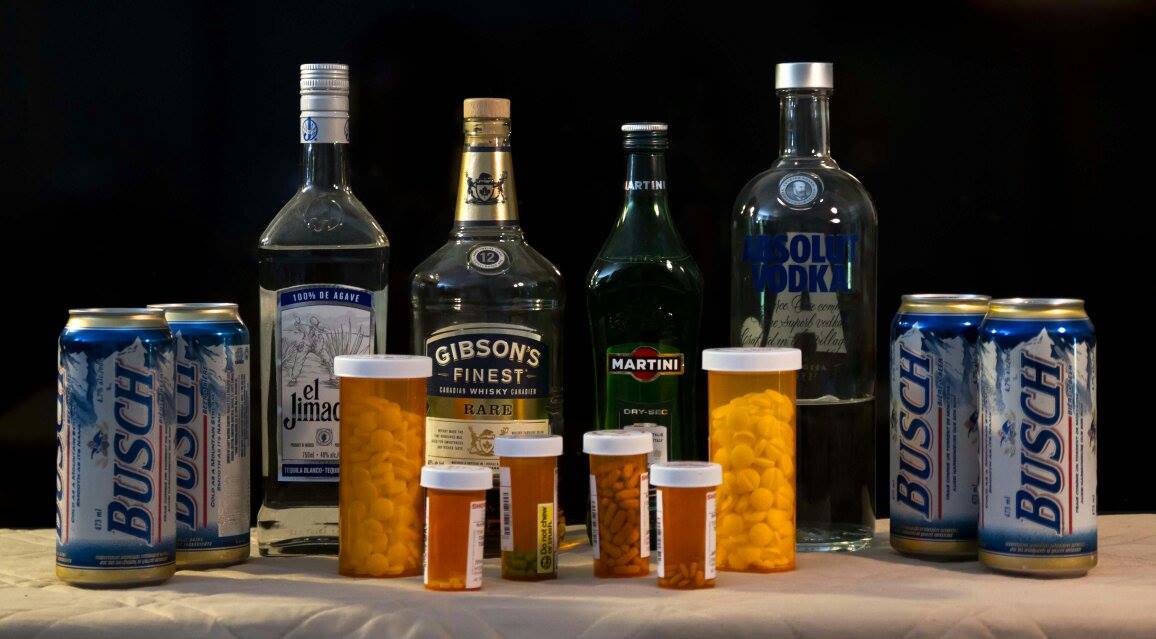Nebbiola Wine, Explain Nebbiola wine, What is Nebbiola wine

Nebbiola wine speaks to explain Nebbiola wine, what is Nebbiola wine and how is Nebbiola made and the taste of such.
This wine also known as Nebieul is produced from a red Italian wine grape that is grown in the Piedmont area of Italy.
It is recognized as a DOCG or Origine Controllata e Garantita. Nebbiolo produces lightly colored red wines that are highly tannic when young with scents of tar and roses.
As they age, the wines take on a characteristic brick-orange hue at the rim of the glass and mature to reveal other aromas and flavors such as violets, tar, wild herbs, cherries, raspberries, truffles, tobacco, and prunes. Nebbiolo wines can require years of aging to balance the tannins with other characteristics.
The first mention of Nebbiolo grapes and wine dates to 1268 where a wine known as "nibiol" was growing in Rivoli near Turin. This was followed by a 1303 account of a producer in the Roero district described as having a barrel of "nebiolo".
The grape was first noticed outside of Piedmont in the 18th century, when the British were looking for alternative wine sources to Bordeaux due to prolong political conflicts with the French.
Nebbiola grapes were susceptible to vine disease and were greatly affected by earlier unhygienic equipment. With today's winemaking for both traditionalist and modernist include strict hygiene controls and the use of some modern winemaking equipment.
Rather than fall into one hardline camp or the other, many producers take a middle ground approach that utilizes some modernist technique along with traditional winemaking. In general, the traditional approach to Nebbiolo involves long maceration periods of 20 to 30 days and the use of older large botti size barrels.
The modern approach to Nebbiolo utilizes shorter maceration periods of 7 to 10 days and cooler fermentation temperatures between 82-86 °F (28-30 °C) that preserve fruit flavors and aromas.
Towards the end of the fermentation period, the cellars are often heated to encourage the start of malolactic fermentation which softens some of Nebbiolo's harsh acidity.
Modern winemakers tend to favor smaller barrels of new oak that need only a couple years to soften the tannic grip of the wines. While new oak imparts notes of vanilla, it has the potential to cover up the characteristic rose notes of Nebbiolo.
Return from nebbiola wine to homepage
Hard copy and E book for sale. What's Killing You and What You Can Do About It. Click here.
Hard copy and E book for sale. Introduction to Building Mechanical Systems. Click here.